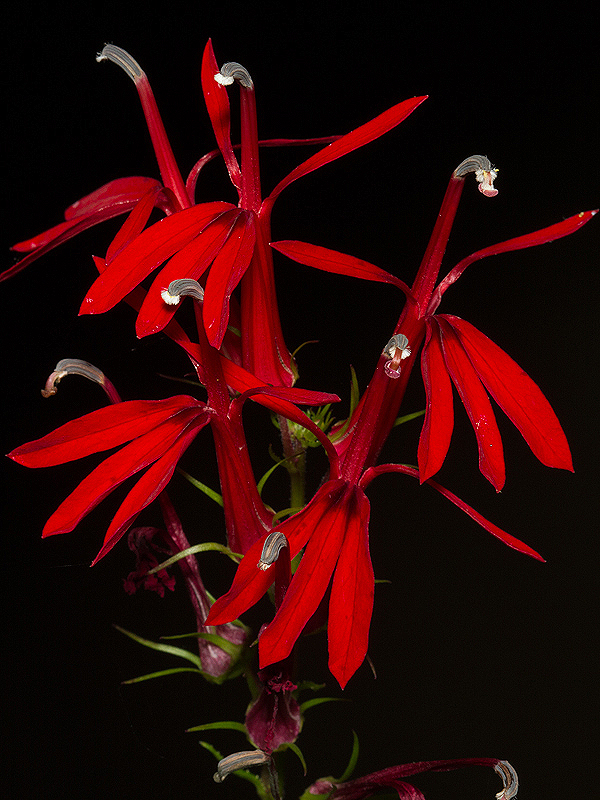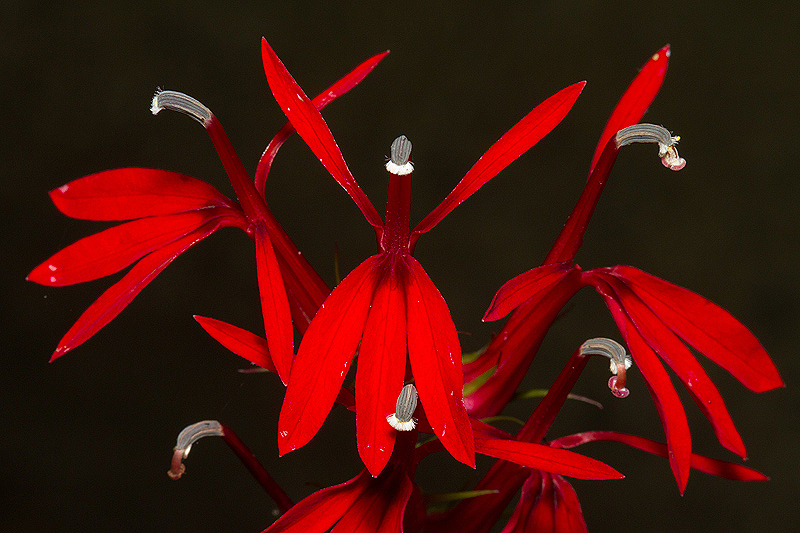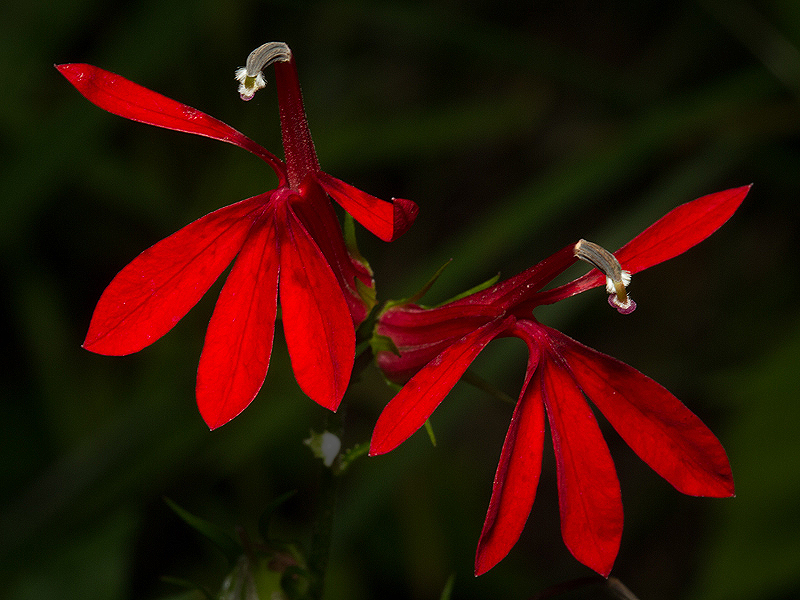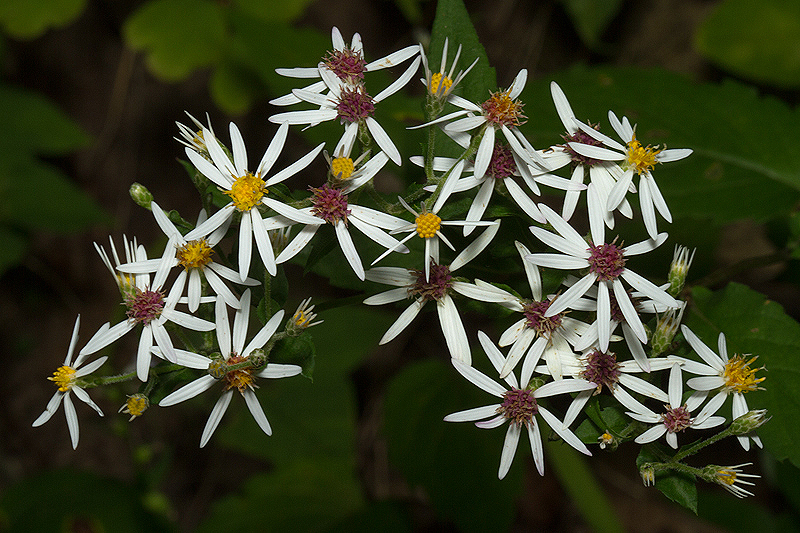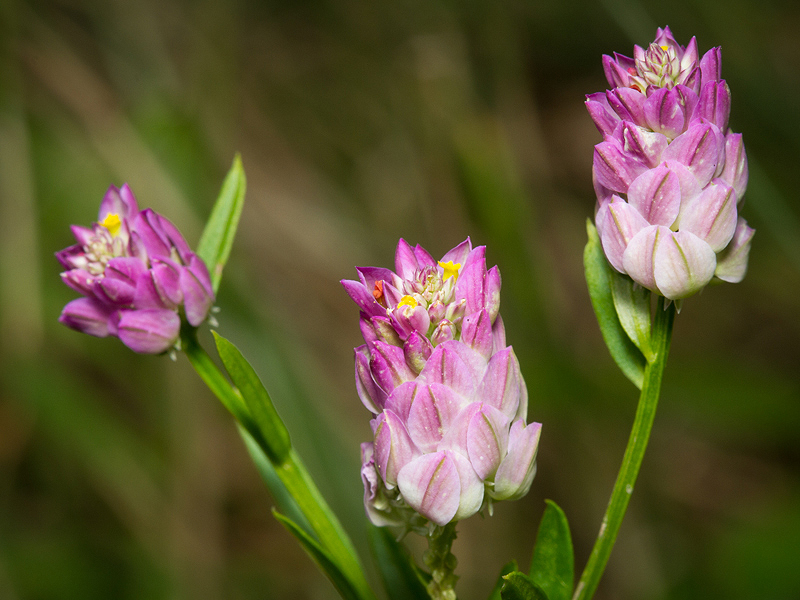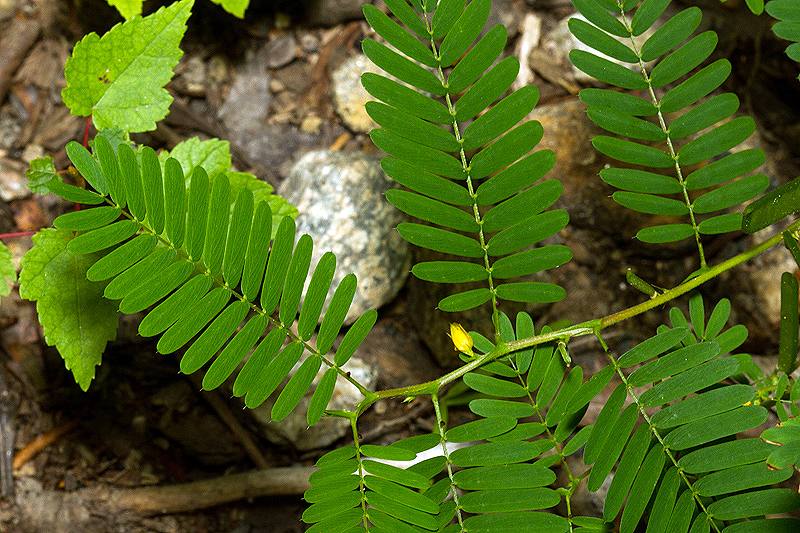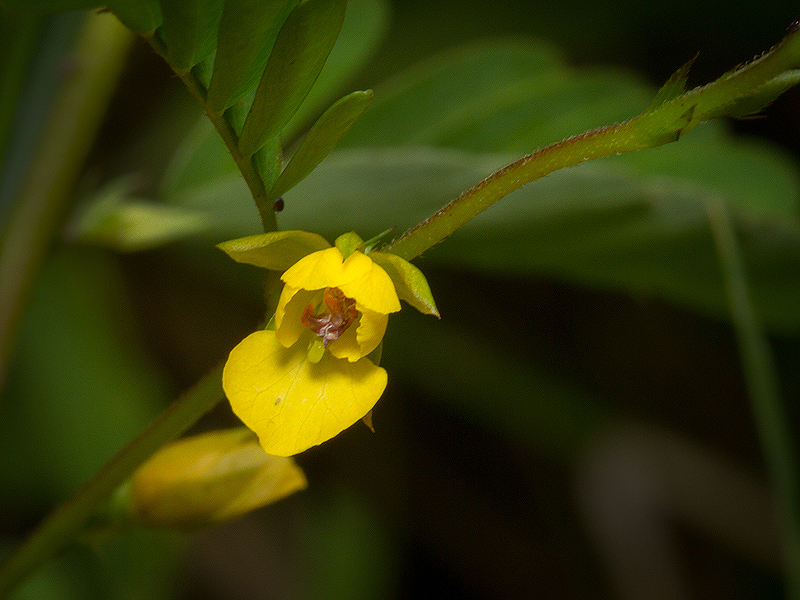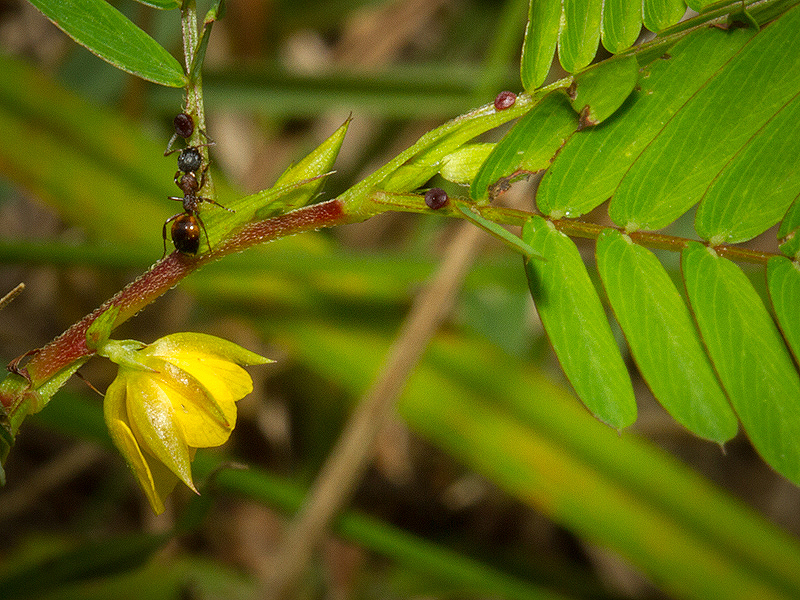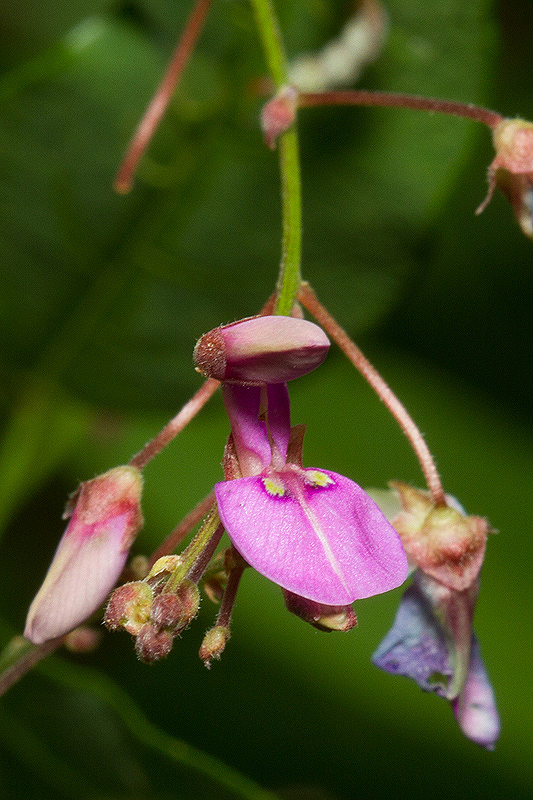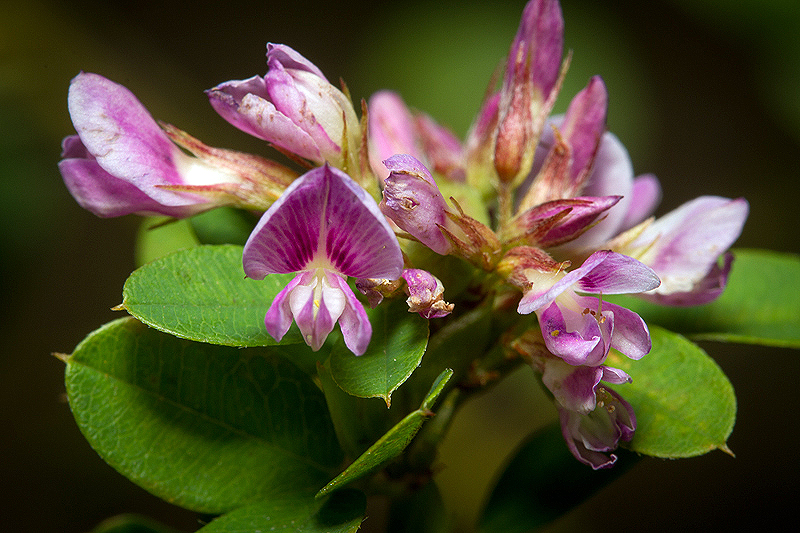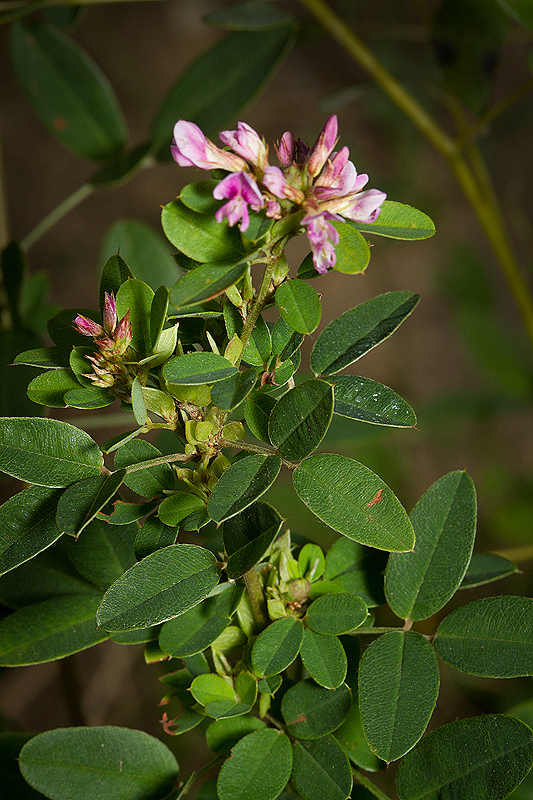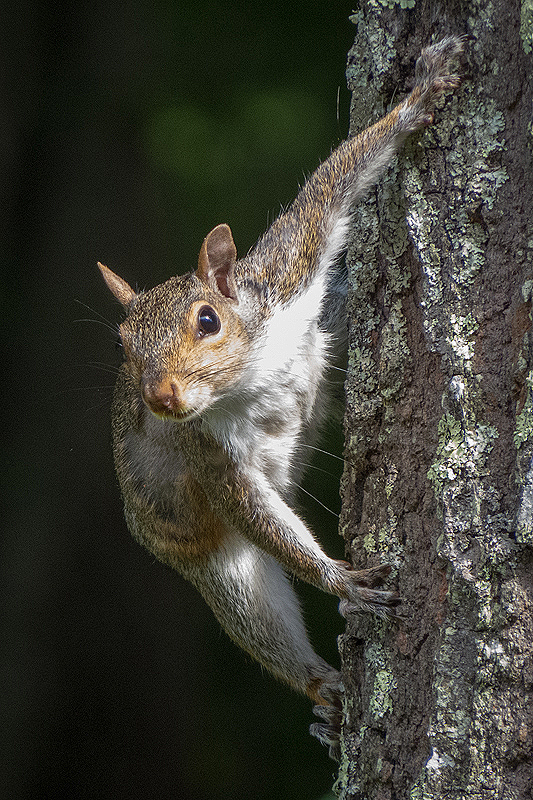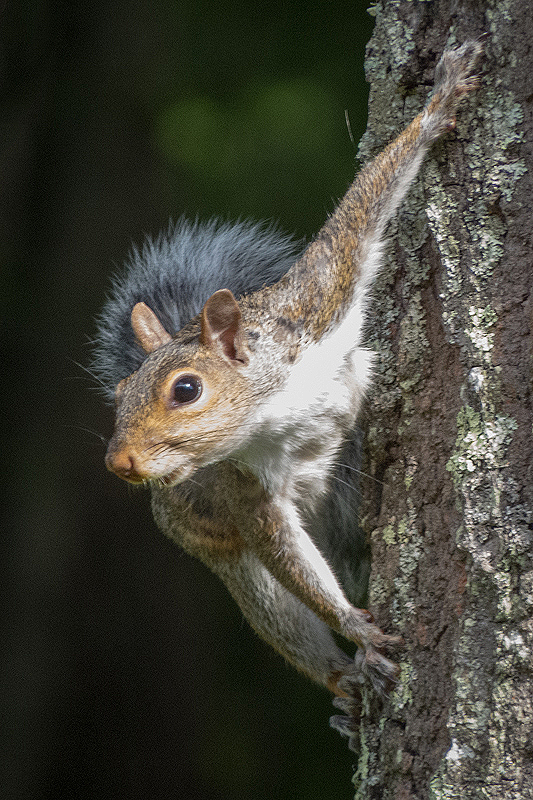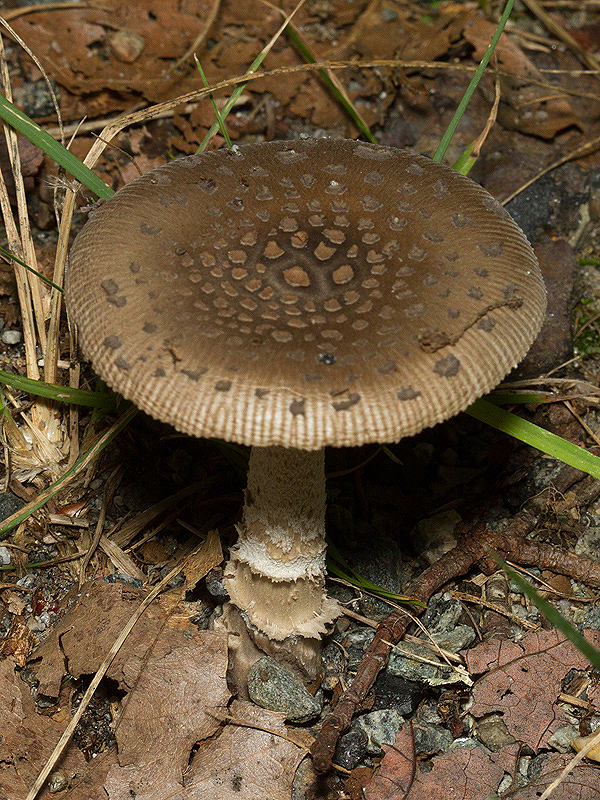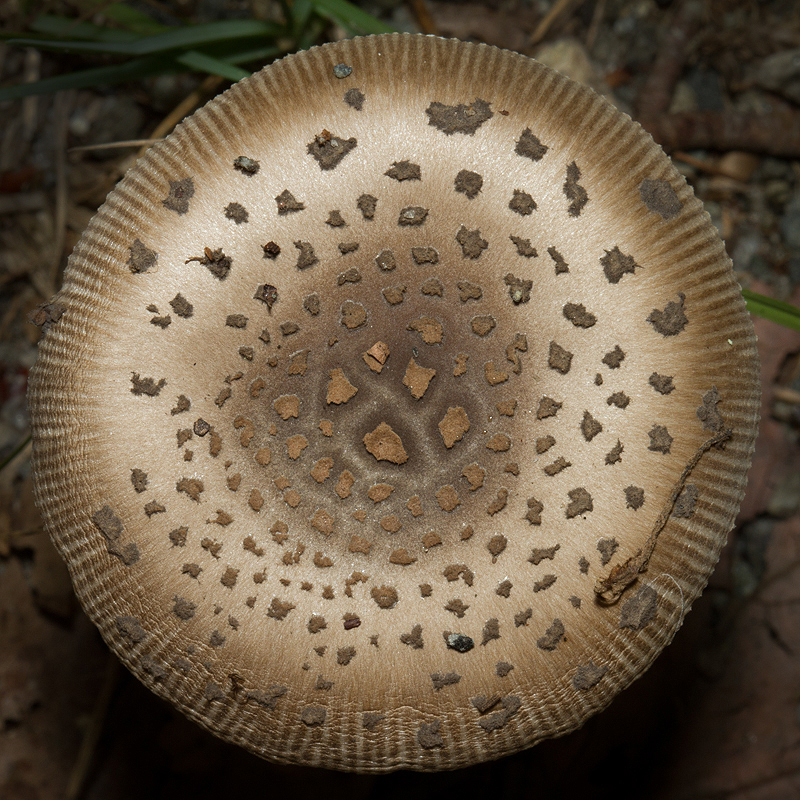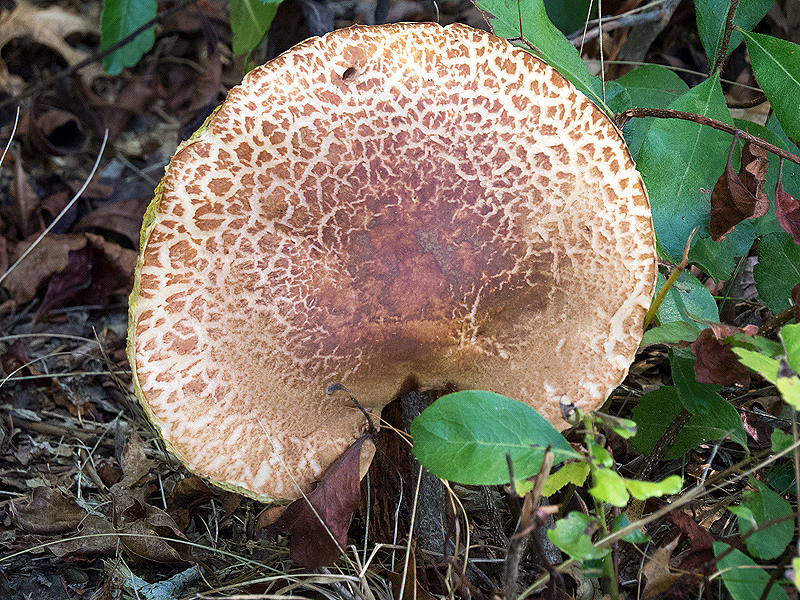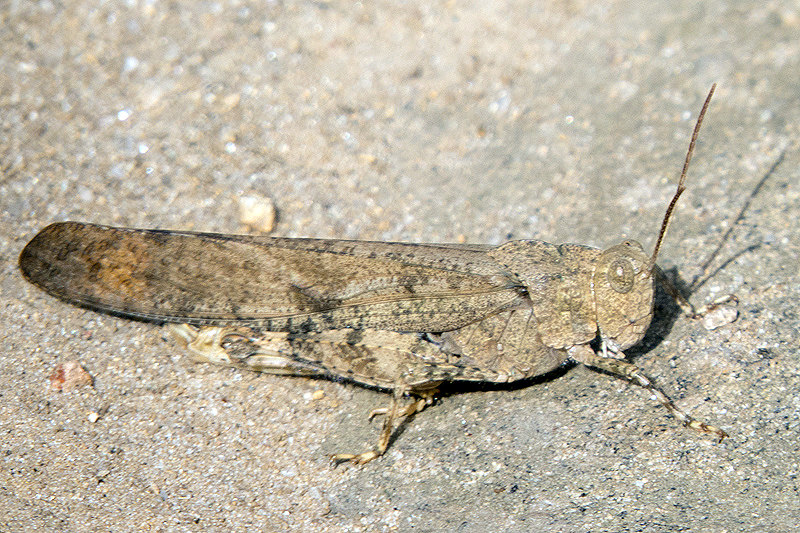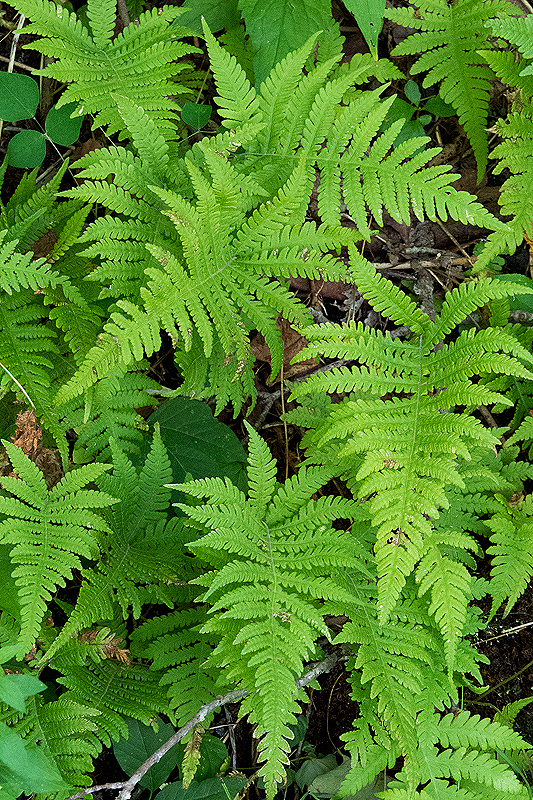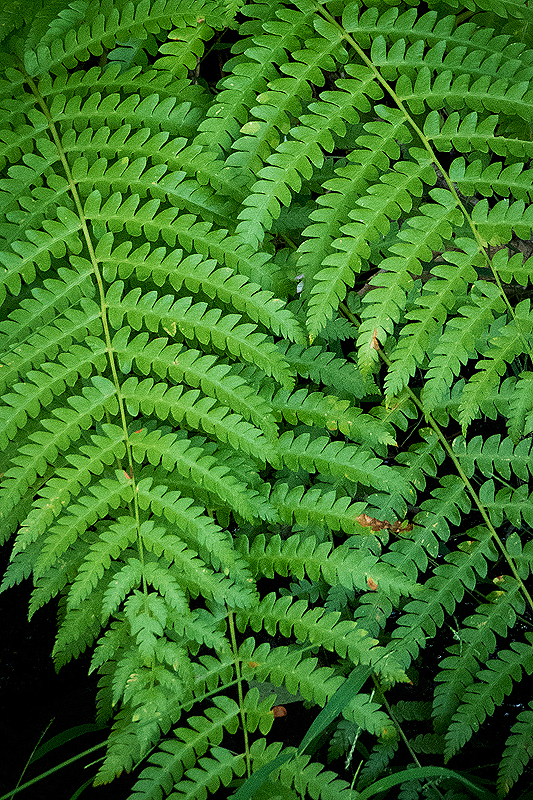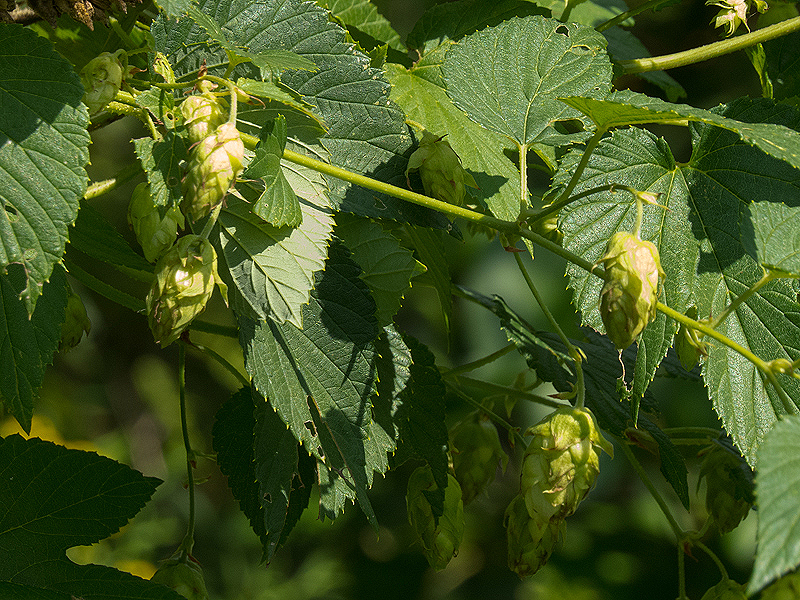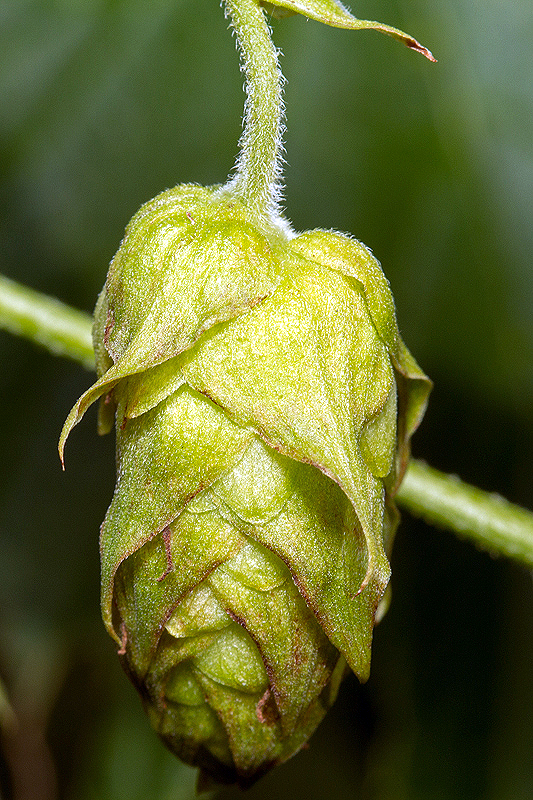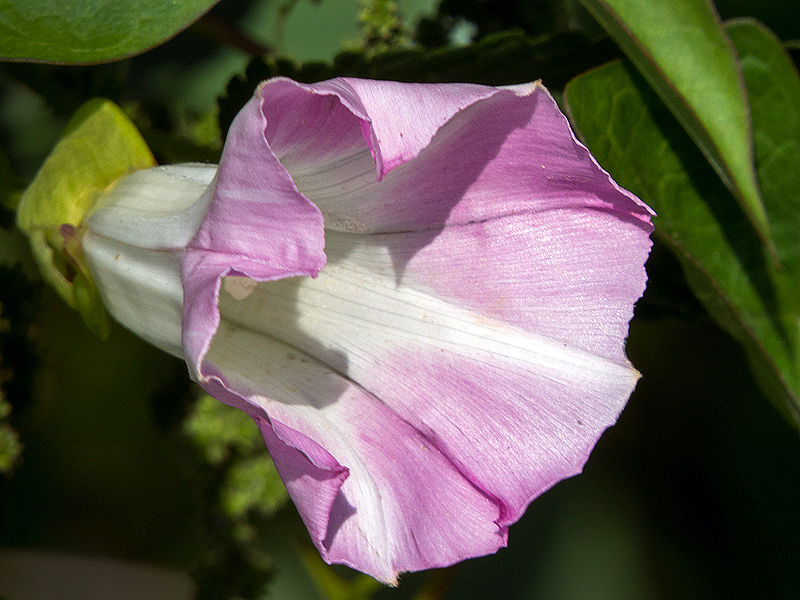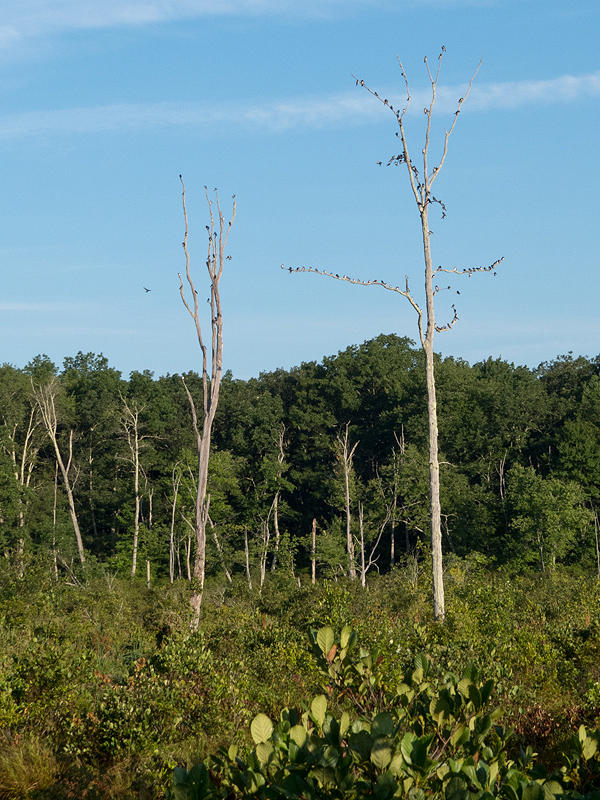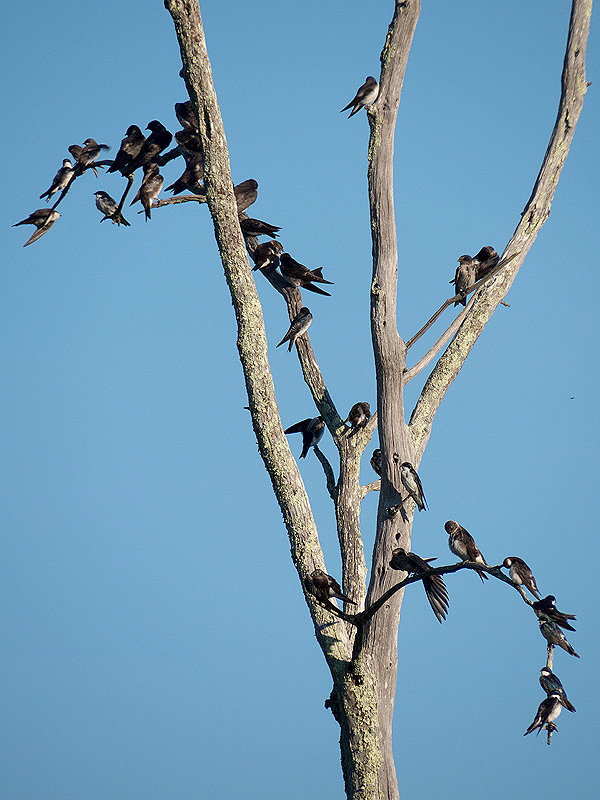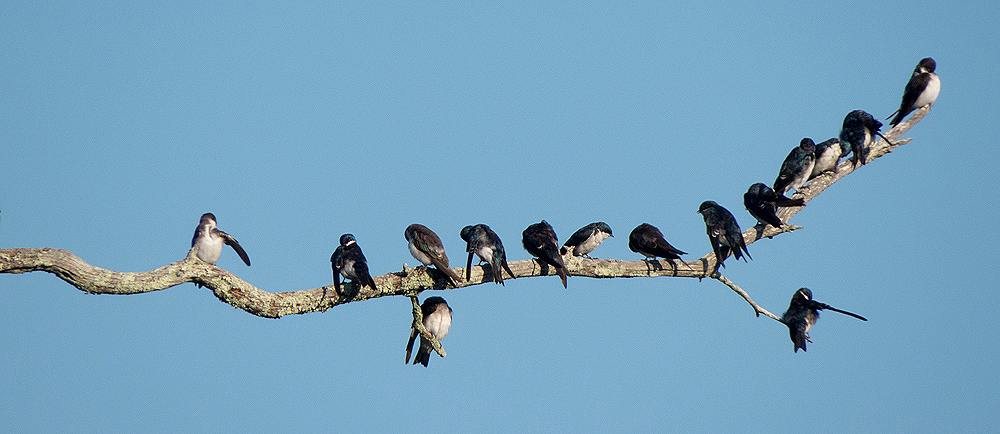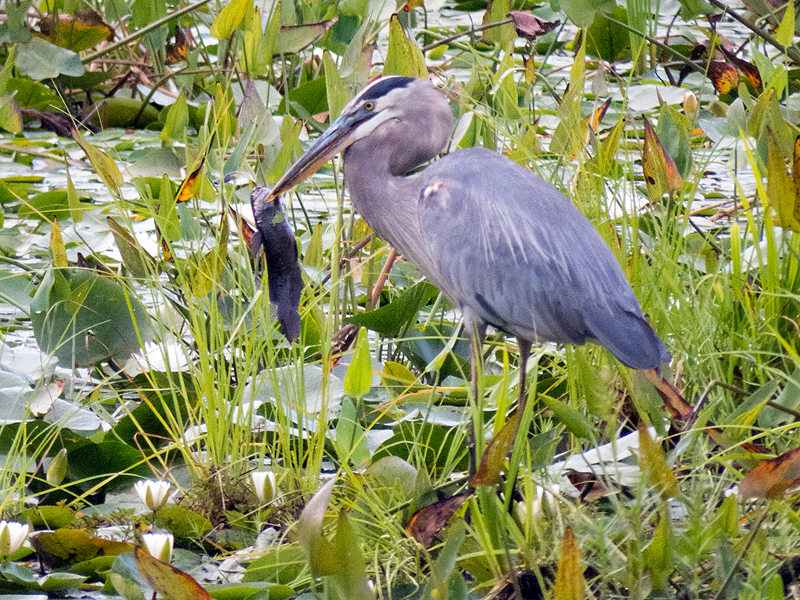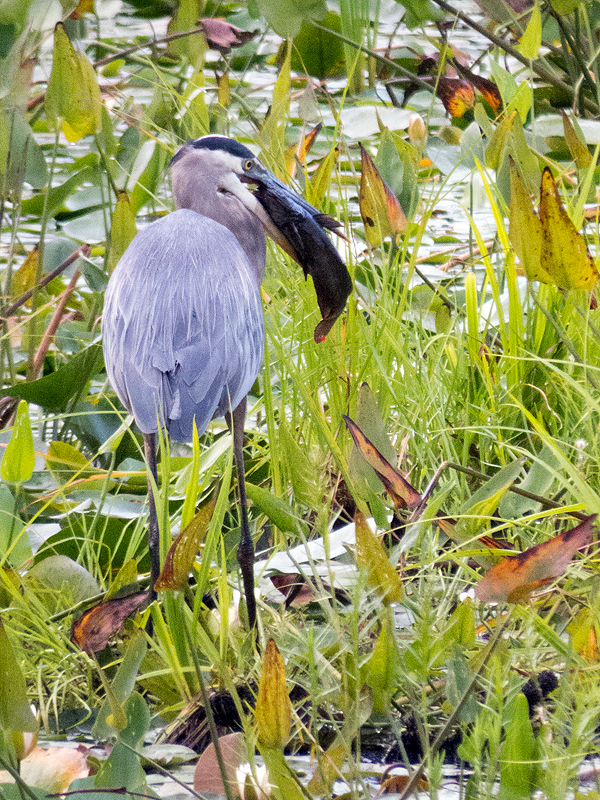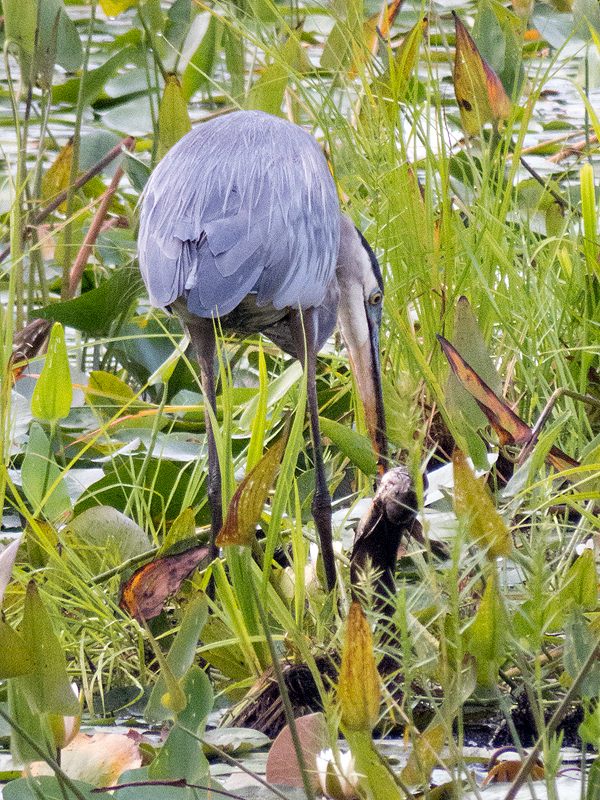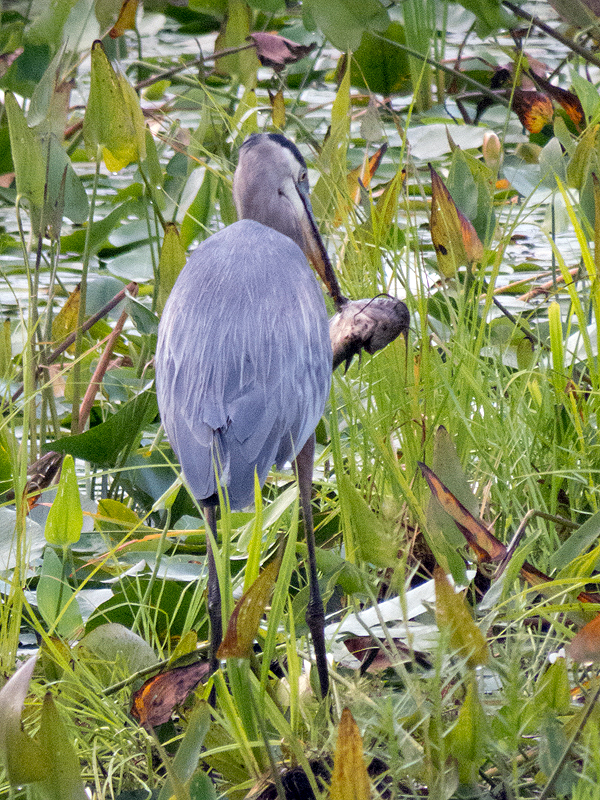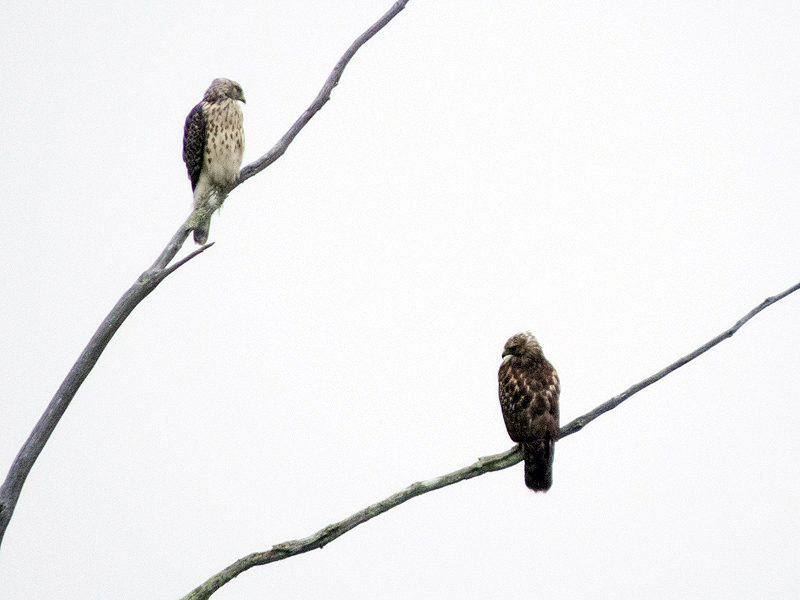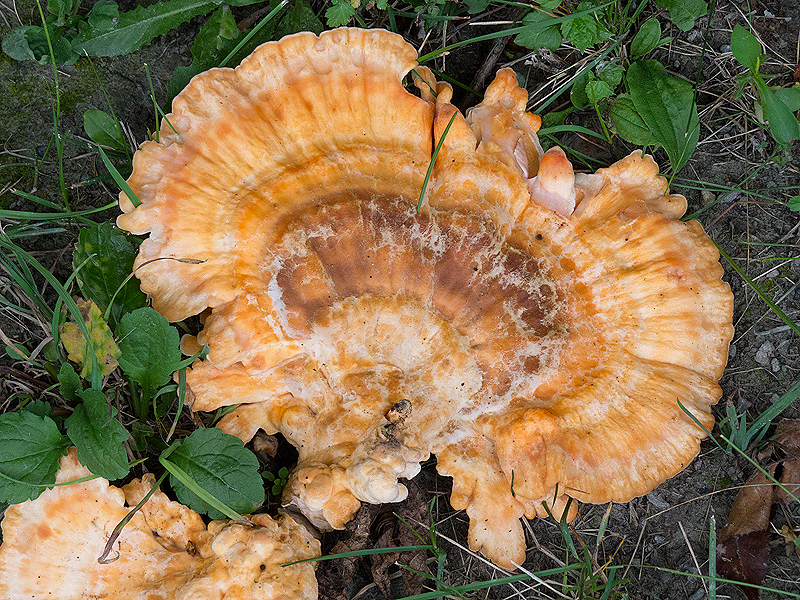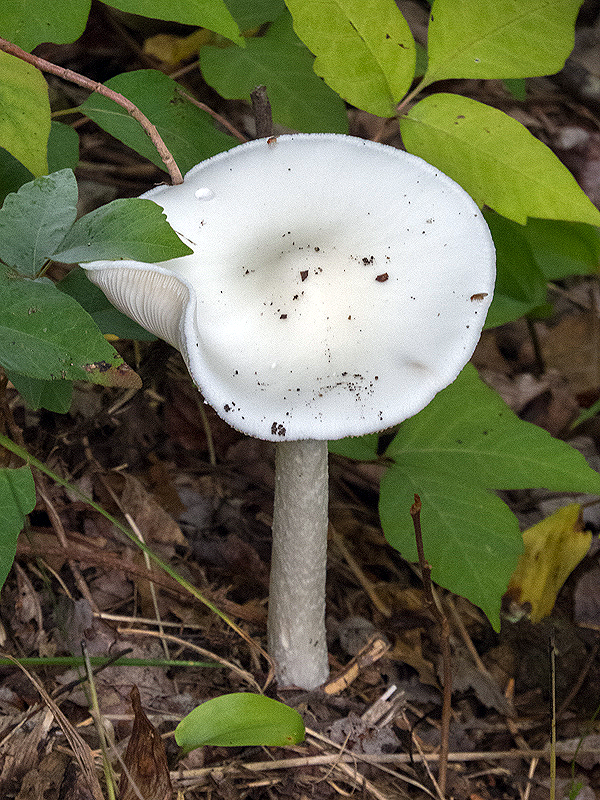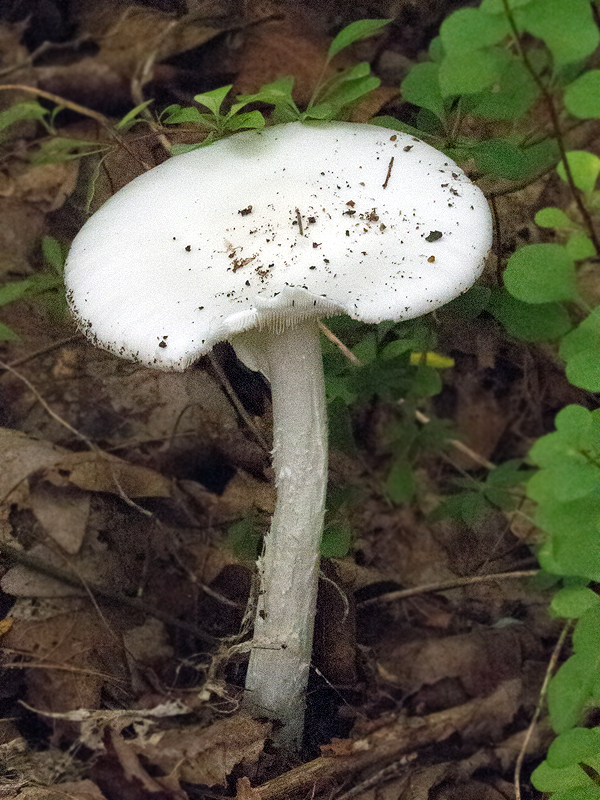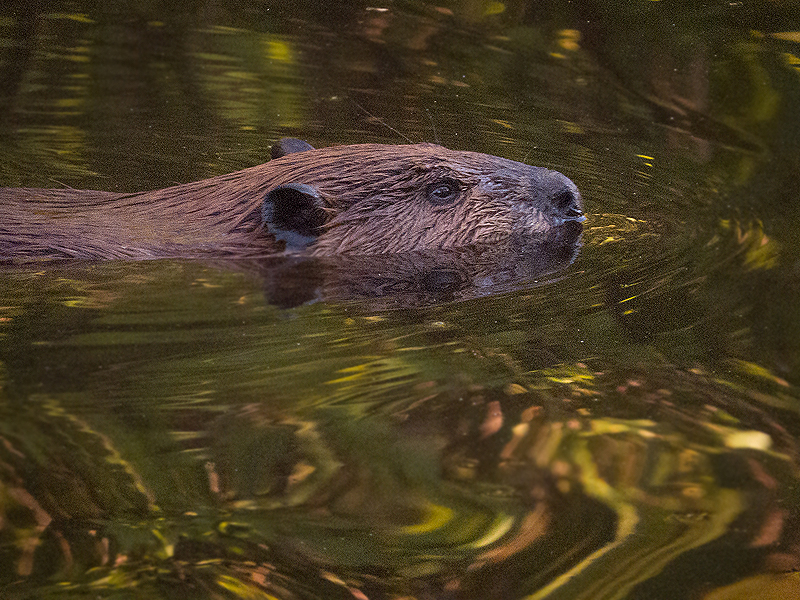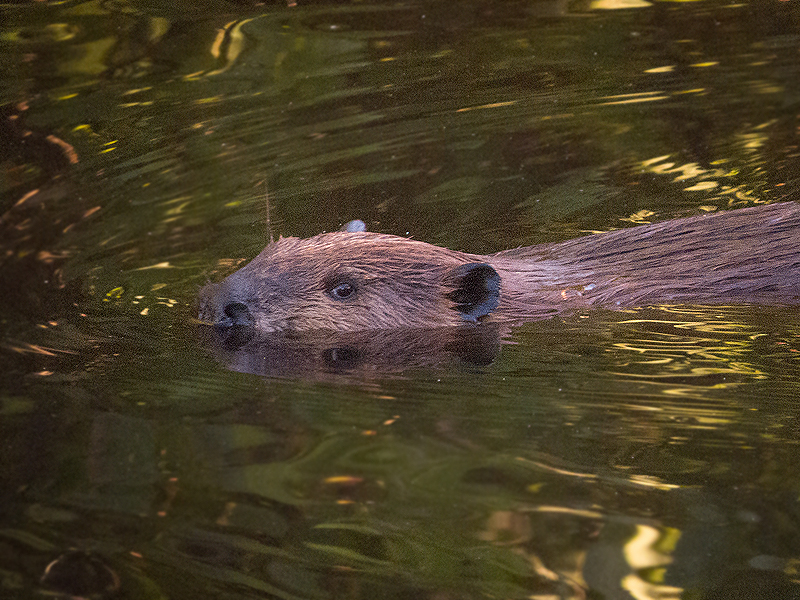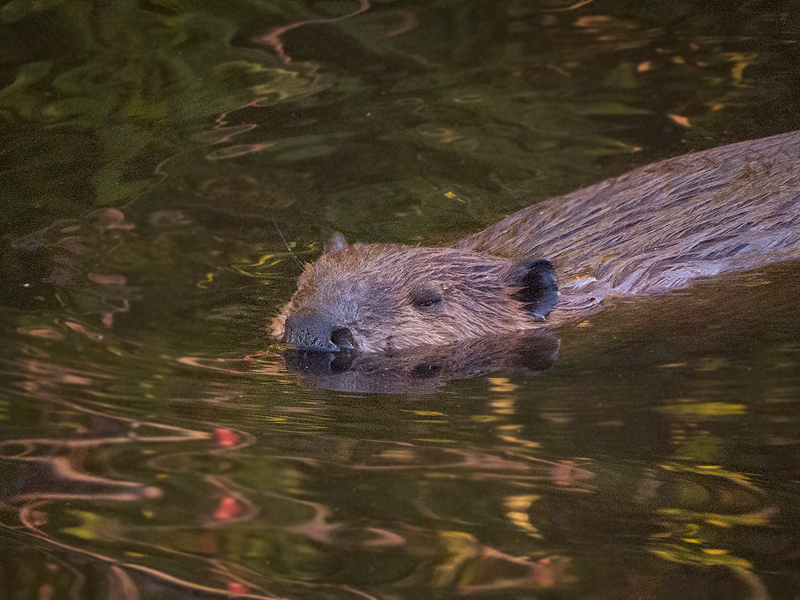Along the Air Line... 2016 - Summer, Part 4 The Air Line Trail in Eastern Connecticut - Stan Malcolm Photos |
mHome Page Stan's FlickR Albums |
August 26th. A walk east from Route 207 to the power lines where many wildflowers bloom that I rarely see elsewhere. This is Cardinal Flower (Lobelia cardinalis). |
|
|
White Wood Asters (Eurybia divaricata), among the first asters to bloom as we approach fall. |
Field Milkwort (Polygala sanguinea). The flowers are tiny and yellow. Most of what you see are pink bracts. |
Wild Sensitive Plant (Chamaecrista nictitans). |
Flowers are really tiny. |
Note the circular, dark "extra-floral nectaries" which attract ants. |
Naked-flowered Tick-trefoil (Hylodesmum nudiflorum). |
Violet Bush-clover (Lespedeza virginica). |
|
Eastern Gray Squirrel (Sciurus carolinensis). |
|
Amanita sp., I think. |
|
Boletes common. This one has a bright yellow underside. |
Carolina Grasshopper (Dissosteira carolina). |
Ferns looking great after recent rains. |
|
Hops (Humulus lupulus) growing over the large boulder at the Route 207 trail head (amid grapevines). |
|
Hedge Bindweed (Calystegia sepium). |
August 28th. Tree Swallows (Tachycineta bicolor) at their favorite gathering point. |
No Purple Martins recently. Assume they just passed through earlier this month. |
I stand corrected. Russ Smiley picked out at least two Purple Martins in that photo. Thanks, Russ! He does concur that the numbers of Purple Martins are down: "I saw 200 the other day; now there are only a handful.". |
|
August 29th. Great Blue Heron (Ardea herodius) with a catfish breakfast. |
Testing for fit. |
Not ready yet. |
More stabs to "tenderize". |
|
August 31st. Two young hawks, possibly Cooper's Hawks (Accipter cooperii)? Russ Smiley suggests that they are juvenile Red-shouldered Hawks (Buteo lineatus). He goes on to say..."The juvenile’s chest is full of light brown teardrops will transform to a uniform field of rusty orange as it matures. The same thing happens with the cooper’s and sharp-shinned hawks, however, “coops”and “sharpies” are accipeters (lankier) whereas red-shouldered hawks are buteos (bulkier) as are red-tailed hawks, the latter being bigger raptors. Also, accipeters have long tails with wide barring and narrow white tips. Red-shoulders are relatively common in our part of the state. Broadwing hawks appear to be similar when perched, but when flying you can see the differences. I see fewer of the broad-wings here in our area but there are more in Old Lyme, Moodus, and Haddam for some reason. They will be migrating out of the Continental US very soon. Red-shoulders and red-tails will hang around through our winter." |
September 1st. Possibly Chicken Mushroom (Laetiporus sulphureus), growing on a root. |
September 10th. Most likely a Destroying Angel (Amanita virosa). Deadly if not treated after ingestion. |
|
September 15th. Beaver (Castor canadensis). |
|
|
